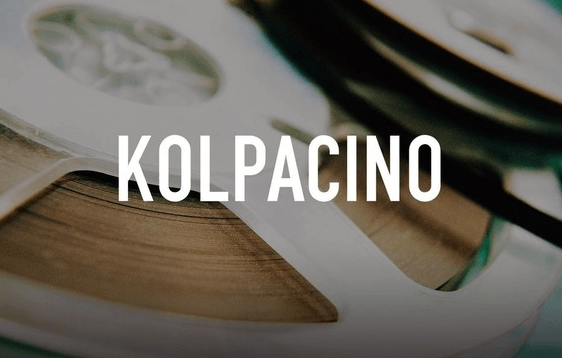In recent years, niche trends and concepts often emerge rapidly across social media platforms and digital communities. One such term that has appeared is “Golpacino.” At first glance, the term might seem unfamiliar or even confusing. However, a deeper exploration reveals its roots in humor, cultural reference, and perhaps digital creativity. This article aims to demystify “Golpacino,” exploring its significance, potential origins, and the impact it may have within popular culture.
What is Golpacino?
Golpacino does not refer to a specific product, event, or well-defined concept. Instead, it appears to be a playful blend of familiar terms, likely concocted to evoke humor or serve as a placeholder in discussions. The name itself seems to be a portmanteau of “Gol” and “Pacino,” possibly referring to the legendary American actor Al Pacino, combined with an unrelated prefix that could be interpreted in numerous ways depending on the context.
Potential Origins and Usage
To unearth the origins of “Golpacino,” one must consider the landscape of internet culture, where terms frequently arise from memes, social media posts, or as inside jokes within certain communities. It’s plausible that “Golpacino” could have originated from a humorous comment, a meme blending sports (possibly soccer, given “Gol” suggesting a goal) with a pop culture reference to Al Pacino. This kind of creative wordplay is typical in online forums and social media platforms where blending disparate elements can lead to viral trends.
Cultural and Social Implications
The adoption and adaptation of terms like “Golpacino” often reflect deeper cultural currents. They can signify the playful nature of language and how digital communities leverage pop culture to create new forms of expression. By referencing Al Pacino, a figure known for his intense and powerful acting performances, and merging it with a completely unrelated concept like “gol,” the creators of such terms invite audiences to engage in a light-hearted, imaginative interaction with media and language.
Impact on Popular Culture
While “Golpacino” might not have a significant historical or cultural footprint yet, its emergence is indicative of how digital culture can rapidly generate and circulate new concepts. For marketers, understanding these trends can be crucial for tapping into viral marketing techniques. For linguists and cultural analysts, terms like “Golpacino” offer insights into the dynamics of language evolution in the digital age.
Conclusion
In conclusion, “Golpacino” serves as a perfect example of modern digital creativity and cultural synthesis. While it might not be found in mainstream dictionaries or have a defined meaning, its very existence is a testament to the playful, ever-evolving nature of language and culture in the digital era. As the internet continues to influence how we communicate and create, we can expect to see more such terms that challenge traditional linguistic boundaries and reflect the zeitgeist of our times.







